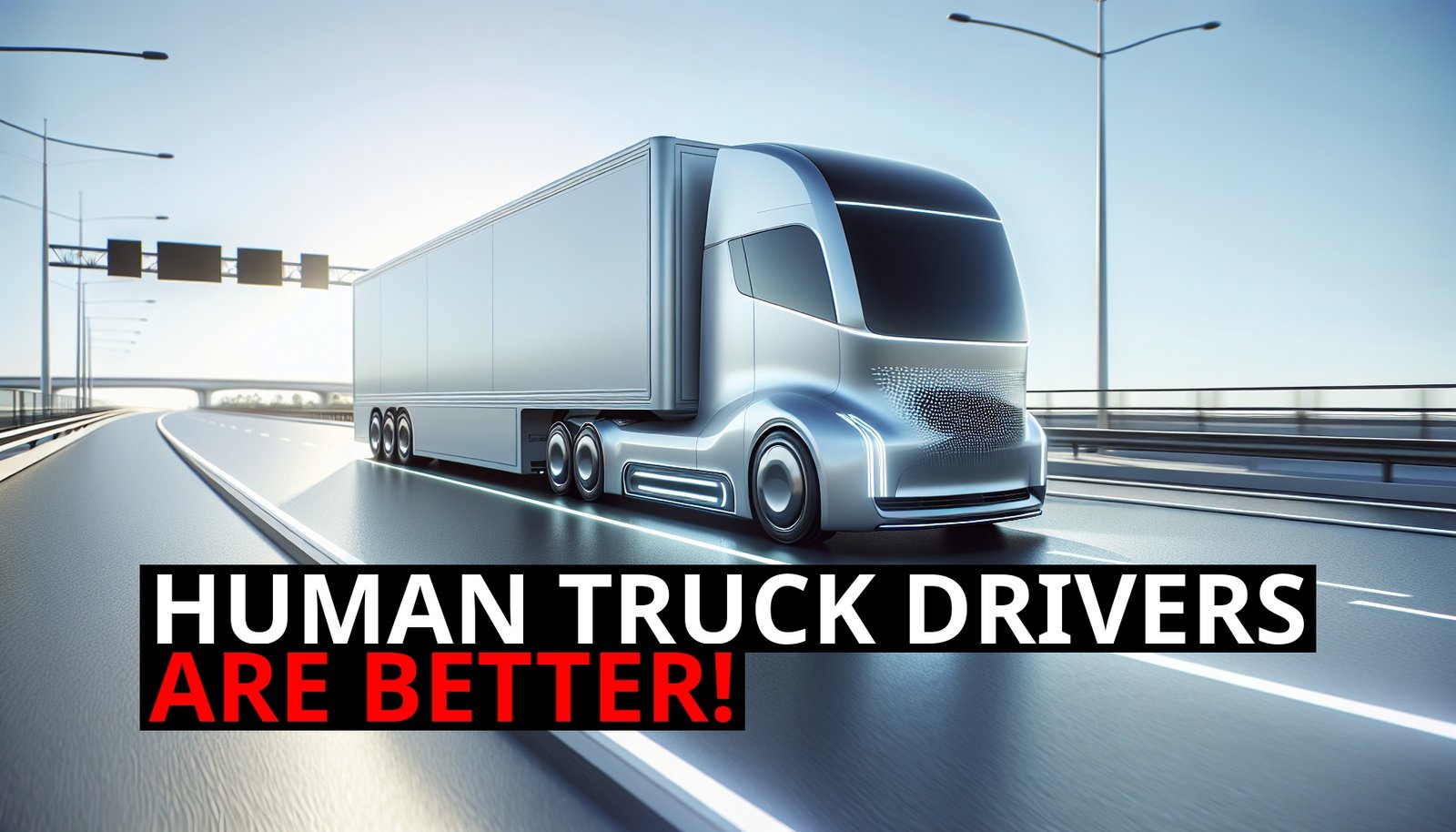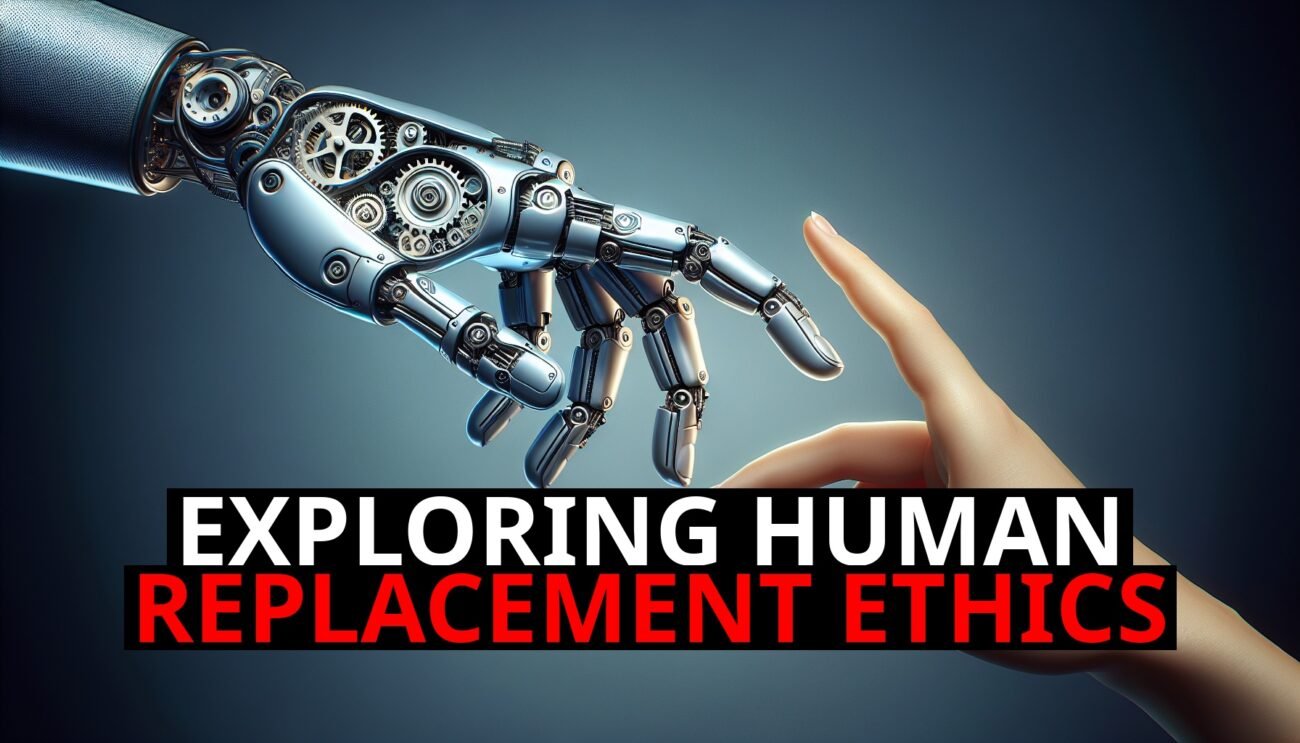The Reality Of Self-Driving Trucks: Not Anytime Soon
Welcome to Transportation Insights! Today, we’re tackling a hot topic in the transportation world: self-driving trucks. Despite all the buzz, the reality is that fully autonomous trucks are not happening anytime soon. Truck drivers can relax, knowing their jobs are safe for the foreseeable future. Let’s dive into the reasons why self-driving trucks face significant hurdles that will delay their widespread adoption by decades.
Current State Of Automation In Simpler Systems
First, let’s talk about the current state of automation in simpler transportation systems like trams and buses. These vehicles operate on fixed routes, with predictable stops and well-defined paths. In theory, they should be the easiest to automate. However, even these relatively straightforward systems haven’t been fully automated yet. There are ongoing projects and trials, but we’re far from seeing completely autonomous trams and buses on a large scale. If we can’t fully automate these simpler systems, expecting self-driving trucks to be around the corner seems unrealistic.
The Challenging Environment For Trucks
Now, let’s consider the environment in which self-driving trucks are expected to operate. Unlike trams and buses, which have controlled routes, trucks travel across a vast network of highways and streets, facing a multitude of unpredictable scenarios.
– Testing Conditions vs. Real-World Conditions: Self-driving technology is currently tested in optimal conditions—clear skies, dry roads, and well-mapped areas. But real-world trucking is far different.
– Challenging Weather: Trucks often drive through heavy rain, snow, fog, and other challenging weather conditions.
– Complex Urban Environments: Navigating through construction zones and ever-changing traffic patterns adds layers of complexity.
The technology simply isn’t reliable enough to handle these variables safely and efficiently.
Cost And Practicality
The cost and practicality of maintaining self-driving trucks are significant concerns.
– High Initial Investment: Equipping a truck with the necessary sensors and computing power is extremely expensive.
– Maintenance and Updates: These high-tech systems require regular maintenance and updates to stay functional.
For a trucking company, the investment in autonomous technology must be justified by substantial savings or increased efficiency. Given the current limitations and high maintenance costs, the return on investment for self-driving trucks is questionable at best.
Real-World Performance
Another crucial aspect is the real-world performance of autonomous systems.
– Accident Handling: Even in ideal conditions, self-driving vehicles have shown they are not yet capable of handling the complexities of road traffic as well as human drivers.
– Performance Gap: Accidents involving self-driving cars often occur in scenarios that any experienced truck driver would handle with ease.
This gap in performance is a major barrier to the widespread adoption of autonomous trucks. The technology needs to improve significantly before it can be trusted to take over the demanding job of long-haul trucking.
Conclusion
The idea of self-driving trucks dominating the roads anytime soon is far from reality. The challenges of automating even simpler systems like trams and buses, the unpredictable and harsh conditions of real-world trucking, and the high costs and questionable ROI of autonomous technology all point to a delayed future for self-driving trucks.
Truck drivers can breathe easy, knowing that their jobs are secure for many years to come. The road to fully autonomous trucks is long and winding, and we are still decades away from seeing them dominate the highways.
What do you think about the future of self-driving trucks? Share your thoughts and experiences in the comments below. If you found this article insightful, please share it with your friends and family. Let’s spread the word about the realities of autonomous trucking and stay informed about the future of transportation.













